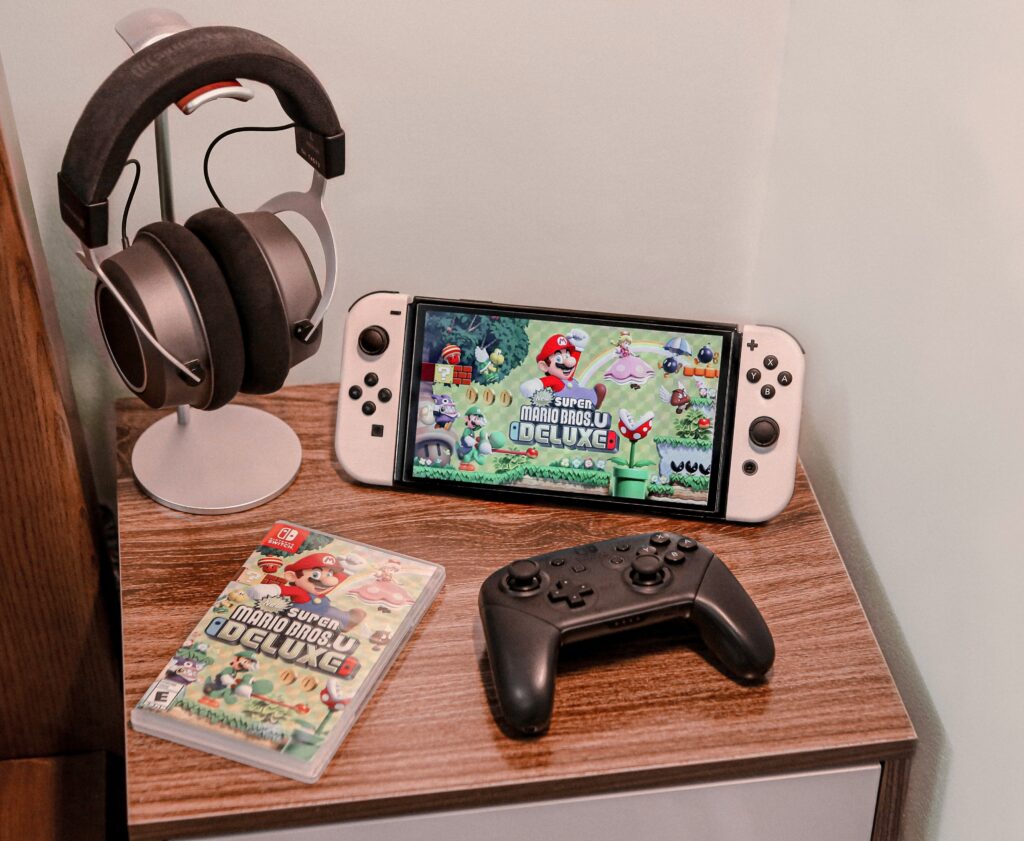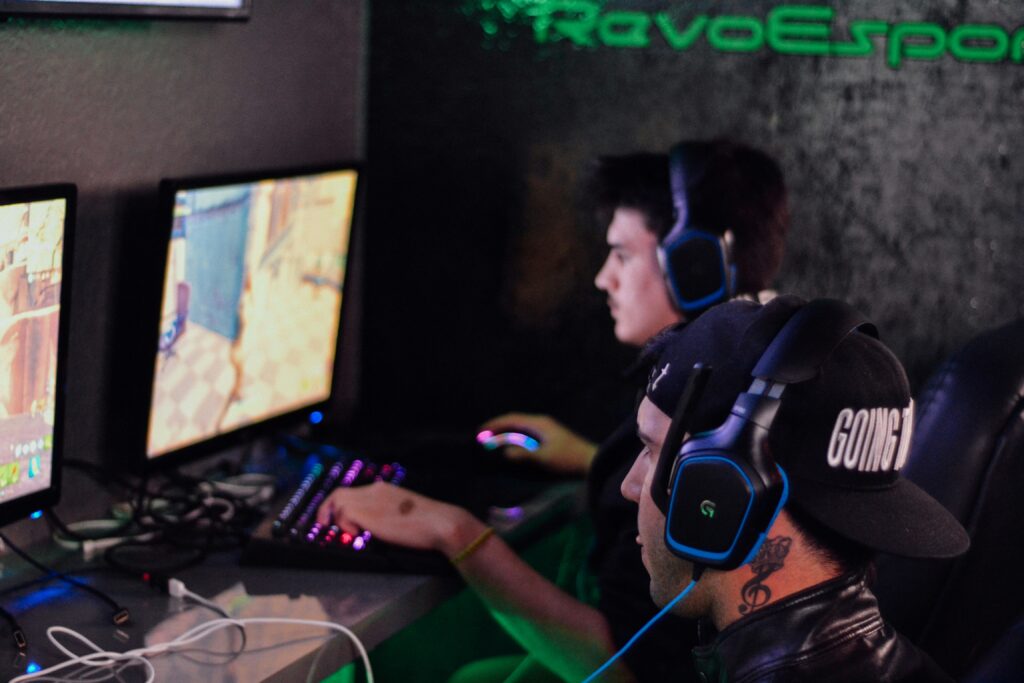
Gaming is everywhere today, from huge tournaments that fill up stadiums to massively multiplayer online games that attract hundreds and sometimes thousands of players. Given how widespread video games are, it’s hard to imagine a time when not everybody was into gaming, and it was more of a niche hobby. In the early days, gaming was often a group activity like it is today.
However, instead of logging onto computers, consoles, and smartphones connected to the internet, players gathered in arcades or each other’s homes to play the latest titles. For those who were around from the very beginning, the changes have been dramatic, with esports and streaming platforms redefining how games are played and gaming culture itself. In this article, we look at how gaming culture has changed over the years.
Early Days of Gaming
Games have been around for millennia, but video games have a shorter history, dating back to the 1970s and 1980s. In 1972, the first home video game console—the Magnavox Odyssey—was released, giving a lucky few a glimpse into the future of gaming. It wasn’t until Atari released Pong in 1972 that video games really began to take off. In the late 1970s, the cartridge-based Atari 2600 was released, and for the first time, players could play a variety of games on a home console. Games like Space Invaders and Pac-Man quickly became hits, cementing themselves in gaming history.
Technological Advancements
The changes we’ve seen in the gaming industry over the past two decades have a lot to do with online gaming, which has opened up the world of gaming to a whole new audience. Online gaming has made it possible for players to connect with others and turned gaming into a social experience. Games like World of Warcraft and Counter-Strike are just two examples of popular online multiplayer experiences that allow players to immerse themselves in universes featuring real-time interaction.
Another thing online gaming has done is make it possible to play games on the go that were once only available in brick-and-mortar establishments. Casino games are one of the best examples of this change. Today, platforms like wildz.com offer players a large catalog of themed slots and table games that they can play from their smartphones or computers. This connectivity has changed the face of gaming and people’s views of video games.
The Rise of Esports

While gaming competitions have existed since the first video games were invented, few could have predicted that competitive gaming, more commonly known as esports, would reach the levels it has today. Esports has taken over the entertainment industry and has become so big its fan base has eclipsed that of some traditional professional sports leagues.
Games like Leagues of Legends and Fortnite are at the heart of the esports scenes, and when there’s a major tournament, millions of viewers tune in to see who’ll win the prize pools. Two of the biggest esports competitions are the Dota 2 International and the League of Legends World Championship. Both of these tournaments attract massive audiences on and offline. Esports has turned gaming into a spectator sport and placed it firmly in mainstream culture.
Impact of Streaming Platforms
For gamers, platforms like Twitch and YouTube are a big part of their lifestyle and where they go to stay up to date with the latest gaming content. The platforms have given professional and amateur gamers a way to get their names in front of the masses by broadcasting their gameplay to a global audience. Twitch and YouTube have turned many gamers into celebrities; two of the most famous streamers are Ninja and PewDiePie, who have amassed millions of followers, which has allowed them to shape gaming culture and trends.
